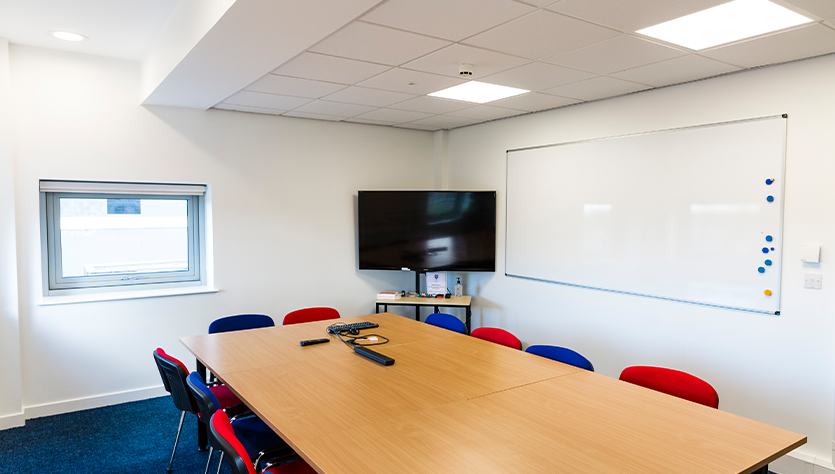The University of St Andrews employed us to deliver a £3.75m energy conservation overhaul to reduce their carbon footprint by 950 tonnes a year and save £650,000, a year in operating costs. The NDEE project saw improvements made to 30 University buildings representing in excess of 190,000m2 of floor space. The buildings were selected as they represent the highest energy usage across the campus, which equates to approximately 85% of the University’s annual energy spend.
The University of St Andrews have stated their ambition to become a carbon net-zero institution for all operational carbon by 2035. This initially saw Vital Energi work in partnership with the University to deliver the £26m biomass energy centre and district heating network and, more recently, a £3.7m package of energy conservation measures through the NDEE Framework.
The project focused on 30 of the University’s highest energy usage buildings from their property portfolio which represented 85% of the University’s energy spend.

The buildings selected had a combined floor area of approximately 190,000 square feet and we compiled an Investment Grade Proposal in which we detailed the recommended measures for each of the buildings and demonstrated the carbon and financial savings that would be generated.
As these figures are underpinned by an energy performance contract, which guarantees minimum results across a range of KPIs, and the funding is administered by Salix, this procurement route offers organisations a low-risk opportunity to overhaul their energy infrastructure and achieve budget stability.
Whilst there was considerable scope for improvements, the project also presented some significant hurdles. Not least the fact that all the buildings were operational, with some being in use 24/7. This resulted in our delivery team working with staff and premises personnel to put together a programme which reduced disruption, whilst maintaining high levels of health and safety.
The works undertaken fit into three main categories; energy generation, energy distribution and energy conservation.